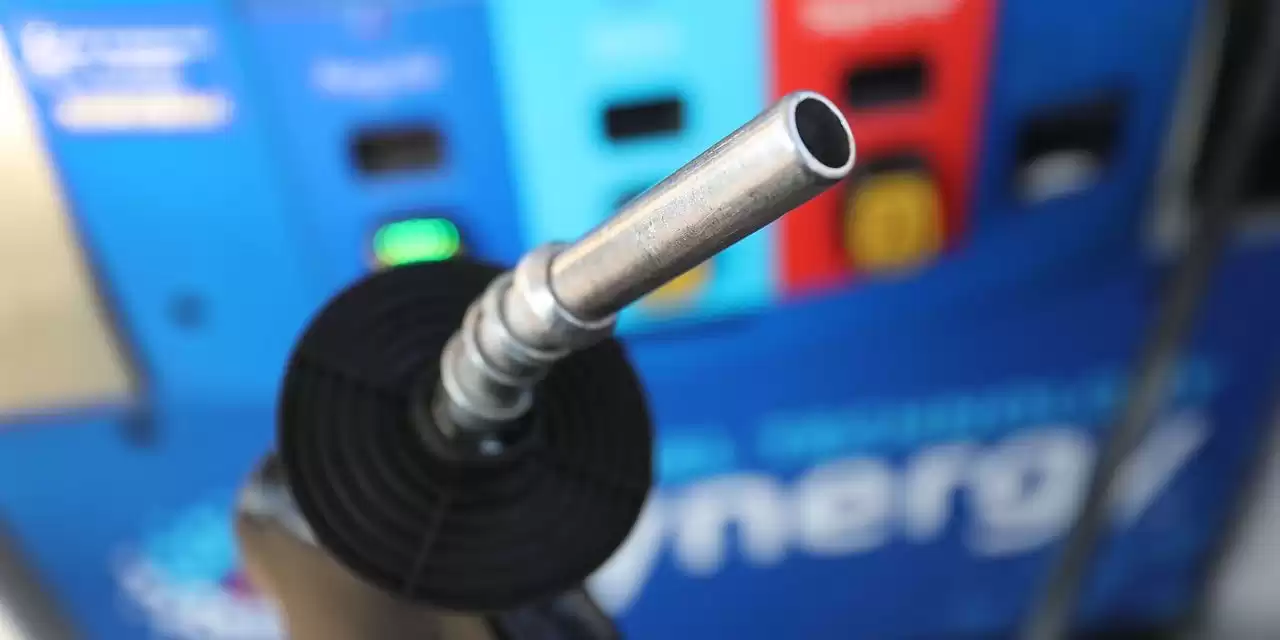Gas Prices Surge Again: Brace for Further Increases, Analysts Warn
Gasoline prices in the US have reached a national average of $3.732 per gallon, with analysts warning that prices may continue to rise. The increase is attributed to rising oil prices, heat-related refinery outages in Louisiana and Texas, and tight gasoline supply. The market has also seen increased buying of gasoline futures contracts by speculators ahead of the hurricane season. Higher wholesale prices are expected to lead to higher retail prices in the coming weeks, but prices may pause or reverse if the hurricane threat dissipates.
Gasoline prices have been steadily increasing, reaching a national average of $3.732 per gallon on Friday. Analysts are warning that this upward pressure on prices may not ease any time soon. The current average price is up from $3.587 a week ago and $3.556 a month ago. It is also higher than the price of $4.278 a year ago, when prices were declining after reaching a record high of $5.016 in June 2022 due to Russia's invasion of Ukraine.
The rise in gasoline prices can be attributed to a few factors. One of the main reasons is the rally in oil prices during July. U.S. benchmark WTI crude has jumped nearly 13% and surpassed $80 a barrel for the first time since April. This increase is a result of supply cuts by Saudi Arabia and other OPEC+ producers, as well as reduced concerns about a global economic downturn. However, the price of WTI crude is still slightly negative for the year and about 17% lower than its level a year ago.
Aside from rising oil prices, refinery outages in Louisiana and Texas due to heat-related issues are also contributing to higher gasoline prices. Patrick De Haan, head of petroleum analysis at GasBuddy, explains that while the rise in oil prices has been a major factor, the refinery outages have further boosted gas prices. Refining capacity has been a significant issue since the COVID-19 pandemic, leading to a loss of capacity and causing gas prices to have a less direct relationship with oil.
Gasoline futures have also seen a significant increase, rising around 13% in July. This has brought the wholesale price to nearly $3 a gallon, the highest since April. U.S. gasoline supply is currently tight, around 3.3% below the year-ago level and 7.2% less than the five-year average. Speculators have been buying gasoline futures contracts in anticipation of the Atlantic Basin hurricane season, which runs until November. Any disruptions to refining activity during this season could lead to greater inventory drawdowns and further fuel the rally in prices.
Brian Milne, a product manager, editor, and analyst at DTN, predicts that climbing wholesale prices will result in higher retail prices in the coming days and weeks. He expects this trend to continue in the short term, especially with the threat of hurricanes. However, if the hurricane threat dissipates towards the end of the summer driving season, prices could see a pause or even a reversal.
In conclusion, gasoline prices have been on the rise due to factors such as increased oil prices, refinery outages, tight gasoline supply, and speculation in the futures market. These factors are expected to continue impacting prices in the short term, but the situation may change depending on the hurricane season and the end of the summer driving season.












Comments on Gas Prices Surge Again: Brace for Further Increases, Analysts Warn